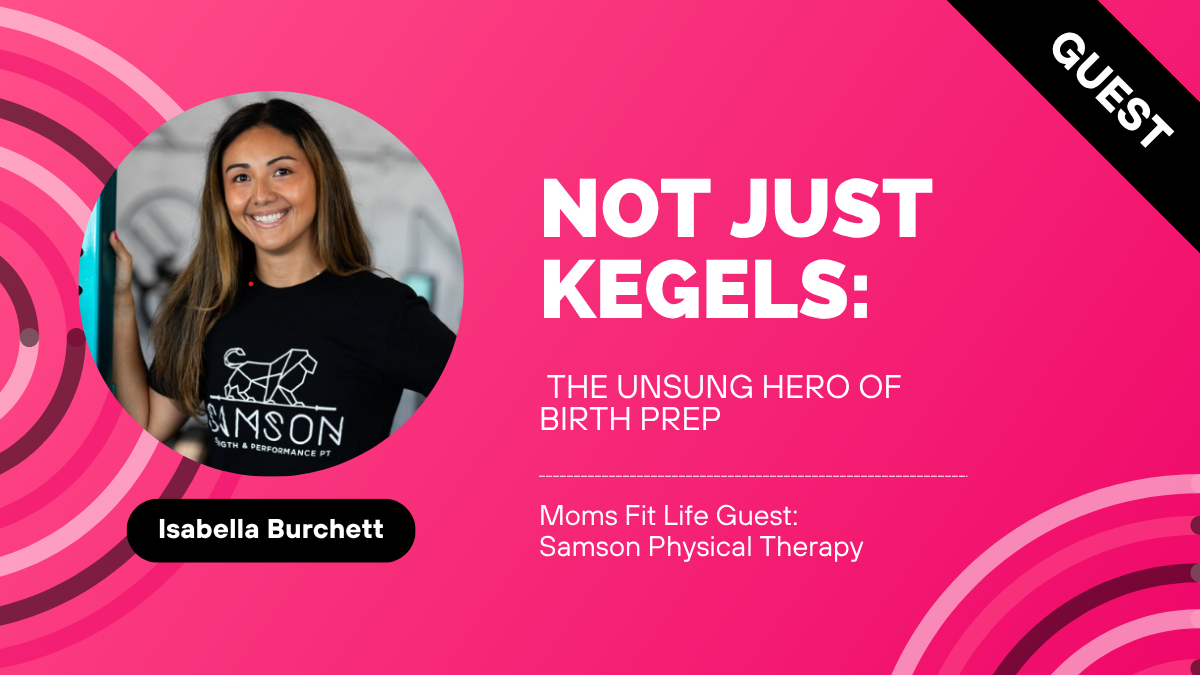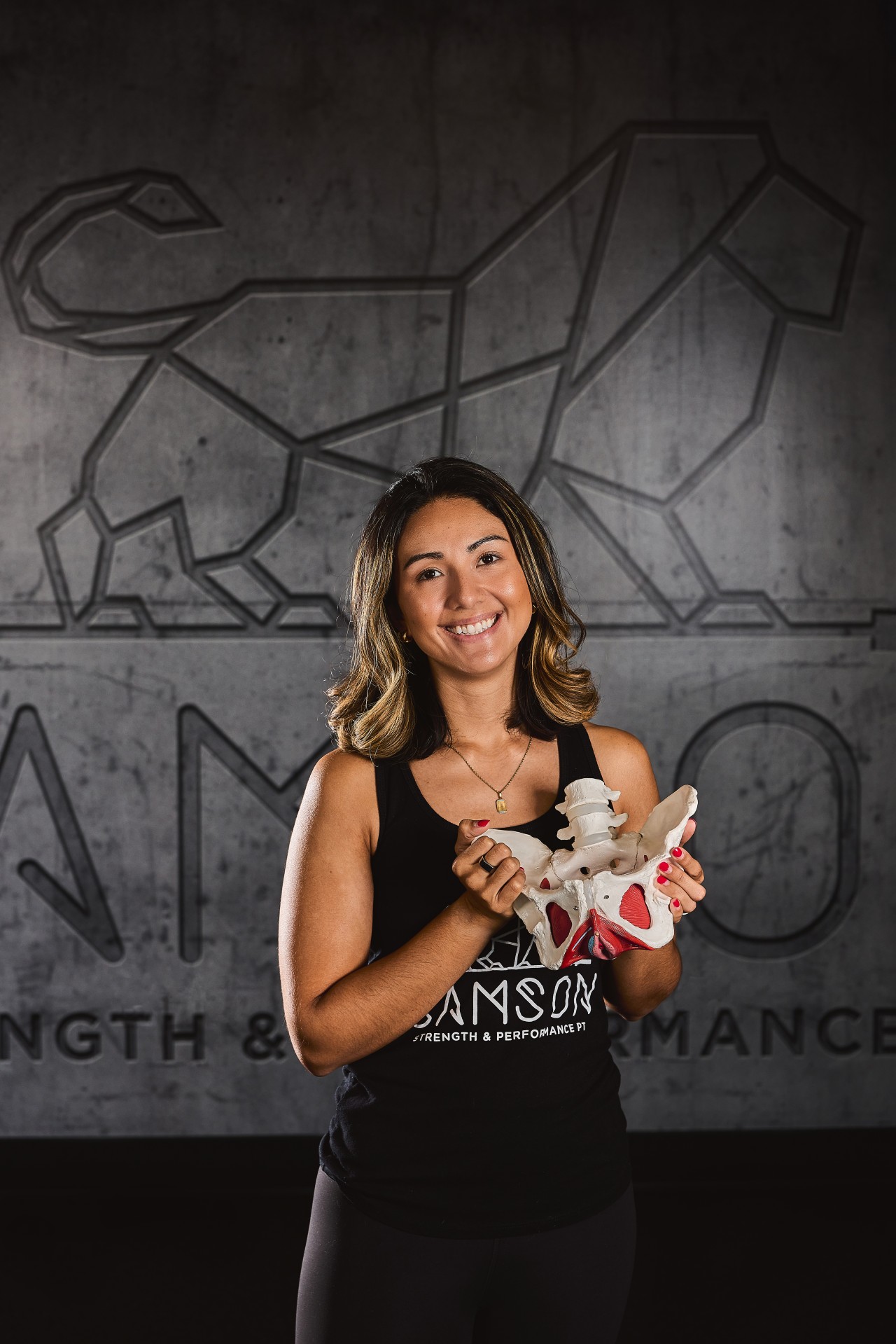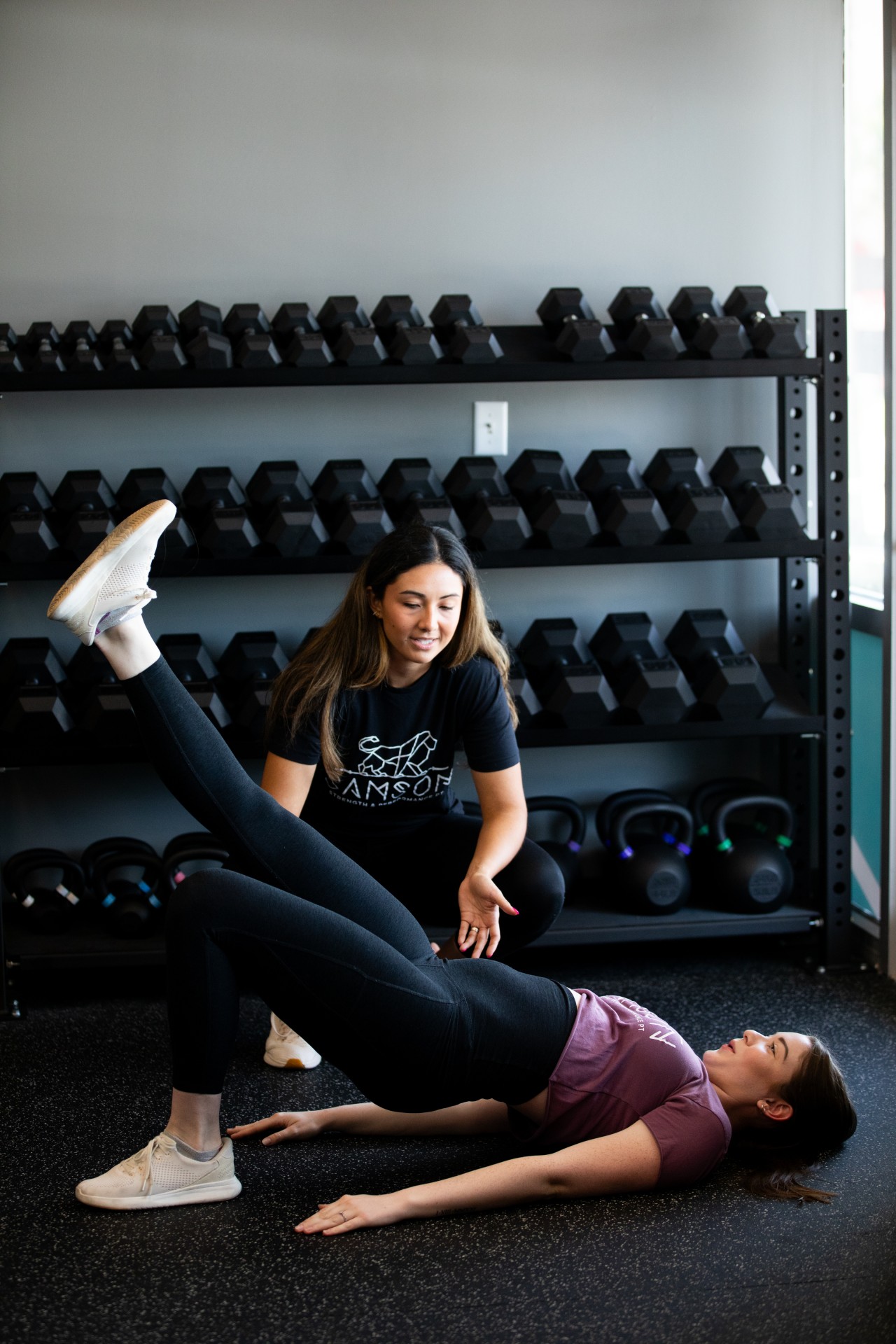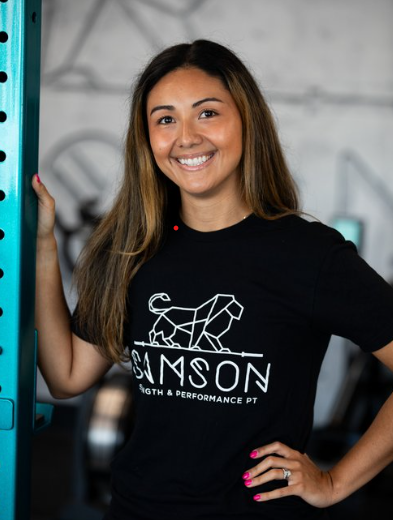Not Just Kegels: The Unsung Hero of Birth Prep

Learn how perineal massage can reduce tearing, ease recovery, and support a smoother birth—plus when to start and how to do it right.
Expecting moms often ask what they can do to best prepare for labor and how to recover in the early postpartum phase. Most women are not given the information of how to strengthen their core and pelvic floor, maintain mobility, and feel physically ready for the demands of childbirth during their pregnancy. Most people think of exercises, breathing work, and stretching as the only key components of birth prep, but one technique that is not talked about enough is perineal massage. While many have heard about it, most aren't sure when to start, how to do it, how long to do it for, or why it's even recommended.
Over the past decade, research has increasingly shown that perineal massage can significantly improve the childbirth experience. It may reduce the risk of perineal trauma (such as tearing or episiotomy) and support a quicker, more comfortable postpartum recovery compared to those that did not perform the perineal massage technique.
What Is Perineal Massage?
Perineal massage is a technique in which a woman—or her partner—manually massages the perineum, focusing on the lower part of the vaginal opening, in the final weeks of pregnancy. The goal is to gradually stretch and soften the tissues, helping them adapt more easily to the stretching required during childbirth.
Most guidelines suggest starting around 33 weeks of pregnancy, practicing 5–7 minutes per day. However, I recommend beginning as early as 31 weeks, especially since not every pregnancy goes the full 40 weeks. Starting earlier ensures that even moms who deliver at 37 or 38 weeks have completed at least six weeks of massage, which is considered optimal for results.
Why Perineal Massage Matters
1. Preventing Perineal Trauma
Perineal trauma includes vaginal tears, episiotomies (surgical incisions to enlarge the vaginal opening), and other injuries that can lead to discomfort, longer healing times, and even postpartum sexual dysfunction. Reducing this kind of trauma is one of the main reasons perineal massage is recommended.
2. Lower Risk of Tearing
A growing body of evidence supports the effectiveness of perineal massage in reducing the severity of tears. A 2016 meta-analysis published in BMC Pregnancy and Childbirth examined 14 randomized controlled trials involving nearly 10,000 women. The study found that perineal massage reduced the risk of third- and fourth-degree tears by approximately 40%.
This benefit is believed to come from the massage’s ability to gradually stretch the perineal tissues, making them more adaptable during delivery.
3. Reduced Need for Episiotomy
Episiotomies have been commonly performed in vaginal births (especially for first-time moms or in complicated labors) but they can lead to increased pain and longer recovery times. This is why they are not as widely used anymore. A 2020 Cochrane Review showed that perineal massage could reduce the likelihood of needing an episiotomy by 10–20%, likely due to the increased elasticity of the tissues.
4. Faster Recovery After Birth
Research also points to shorter postpartum recovery among women who performed perineal massage. A 2018 study in the journal Birth found that women who practiced perineal massage had less pain, fewer complications, and quicker healing after delivery.
Those with fewer injuries—especially minimal or no tearing—were more likely to return to normal daily activities sooner and reported higher satisfaction with their postpartum experience.

How Perineal Massage Works
The concept behind perineal massage is simple: by applying gentle, consistent pressure, the perineal tissues become more elastic and less prone to injury during labor. This preparation helps the tissues stretch rather than tear as the baby’s head moves through the birth canal.
Who Should Consider Perineal Massage?
Though it’s often recommended for first-time moms, who are at higher risk for perineal trauma, research shows that women who’ve given birth before can also benefit. Even for those with previous vaginal births, perineal massage may reduce the chance of complications and improve postpartum recovery.
Perineal massage is more than just a birth prep technique—it’s a practical, holistic tool that enhances a mom’s physical resilience, mental confidence, and long-term wellness. Whether used as part of a prenatal routine or postpartum recovery, it supports the integration of pelvic floor health into everyday life, allowing moms to move with greater ease, recover more smoothly, and feel empowered in their bodies.
Is It Safe? Potential Risks and Considerations
While perineal massage is generally safe when done properly, there are some important cautions:
Avoid excessive pressure: Too much force can cause pain or injury.
Practice good hygiene: Clean hands and trimmed nails are essential to avoid infections.
Not suitable for everyone: Women with certain conditions—including placenta previa, vulvar varicosities, active genital herpes, or other complications—should not start massaging until they consult their healthcare provider.
Getting the Technique Right
To maximize the benefits and avoid injury, it’s highly recommended to learn proper technique. Pelvic floor physical therapists are invaluable resources for this. They can:
Teach correct pressure and hand positioning
Provide hygiene tips to prevent infection
Offer individualized feedback based on your anatomy and comfort level
Adjust the approach as needed for optimal results
Professional guidance ensures that women not only feel confident but also perform the massage in a way that’s both safe and effective. This boosts the chances of a smoother labor, better birth outcomes, and an easier postpartum recovery.
So…
Perineal massage is a simple, research-based practice with powerful potential. For moms looking to support their pelvic floor health, prepare for safe movement during birth, and promote real-life wellness postpartum, it offers real, lasting benefits. Whether you're a first-time mom or have given birth before, consider making perineal massage a part of your birth prep routine (with the guidance of a trusted provider) to help your body feel strong, supported, and ready. A pelvic floor physical therapist is a great addition to the birth team as they ensure you are preparing appropriately, staying active and painfree, and base your exercise program from a thorough examination of the pelvic floor muscles!

Works Cited
Beckmann MM, Garrett AJ. Antenatal perineal massage for reducing perineal trauma. Cochrane Database Syst Rev. 2006;(1):CD005123. doi:10.1002/14651858.CD005123.pub2
Aquino MRJV, Nakamura MU, Souza E, Riesco MLG, Taminato M. Effectiveness of antenatal perineal massage in reducing perineal trauma: a systematic review and meta-analysis. Cochrane Database Syst Rev. 2020;(6):CD005123. doi:10.1002/14651858.CD005123.pub3
Labrecque M, Eason E, Marcoux S, Pinault JJ. Randomized controlled trial of perineal massage during pregnancy: perineal outcomes at birth. BMJ. 1999;319(7203):1277-1280. doi:10.1136/bmj.319.7203.1277
Beckmann MM, Stock OM. Antenatal perineal massage for reducing perineal trauma. Cochrane Database Syst Rev. 2013;(6):CD005123. doi:10.1002/14651858.CD005123.pub3
Aasheim V, Nilsen ABV, Lukasse M, Reinar LM. Perineal techniques during the second stage of labour for reducing perineal trauma. Cochrane Database Syst Rev. 2017;(6):CD006672. doi:10.1002/14651858.CD006672.pub3
Albers LL, Sedler KD, Bedrick EJ, Teaf D, Peralta P. Factors related to genital tract trauma in normal spontaneous vaginal births. Birth. 2006;33(2):94-100. doi:10.1111/j.0730-7659.2006.00079.x
Labrecque M, Eason E, Marcoux S, Pinault JJ, Feldman P. Long-term impact of antenatal perineal massage: a follow-up study. Birth. 2011;38(4):287-293. doi:10.1111/j.1523-536X.2011.00491.x
About the Author

Isabella a Performance and Women’s Health Physical Therapist specializing in pelvic floor health. she work with patients to help them regain confidence and live active, pain-free lives by educating them on the vital role of the pelvic floor. Isabella has a Doctorate of Physical Therapy degree from the University of North Florida and has completed a specialized residency in Women’s and Pelvic Health, gaining advanced training in pelvic floor rehabilitation addressing a wide range of issues such as urinary incontinence, functional bowel disorders, pelvic organ prolapse, and pelvic pain. She also specializes in obstetric and postpartum physical therapy and treating conditions commonly seen in female patients, including fibromyalgia, osteoporosis, and neuro-musculoskeletal health concerns throughout a woman’s lifespan.
Check out Samson Physical Therapy
Categories: : Guest Blog, Pelvic Floor, Pregnancy
 Isabella
Isabella 